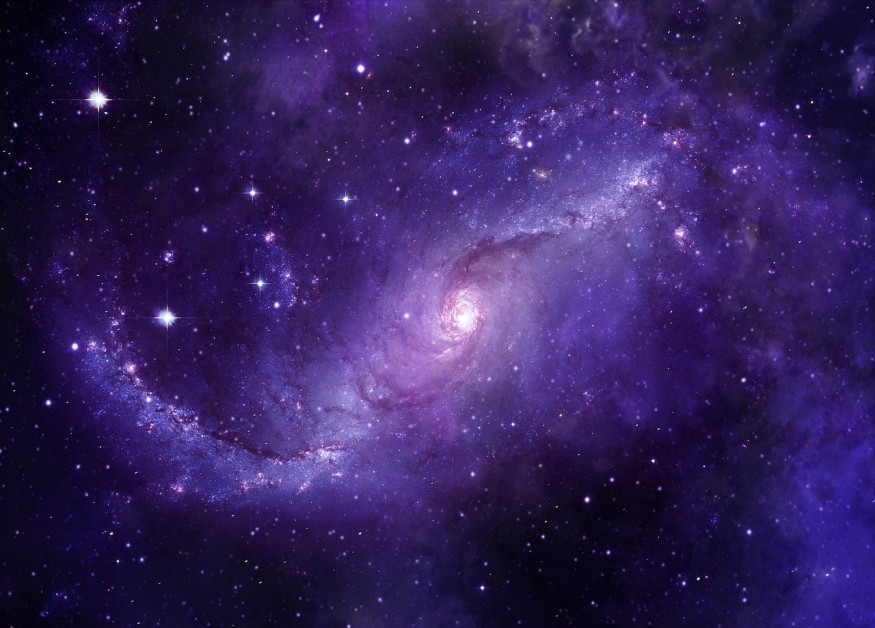
Through a supercomputer simulation, scientists were able to observe a system of three quasars merge and lead to the birth of an ultramassive black hole that is 300 billion times more massive compared to the sun.
Ultramassive Black Holes
These huge cosmic monsters are only occasionally glimpsed at the heart of huge galaxy clusters. They are among the most elusive and largest objects across the cosmos.
The Space Academy reports that these giants have masses that exceed those of 10 billion suns. This great mass makes them even more monstrous compared to the supermassive ones that can be spotted in galaxy centers like that of the Milky Way. For a long time, astronomers have been perplexed by their gigantic size.
Now, researchers are looking into a rare merger of galaxies with three supermassive black holes at their centers. By doing so, these scientists may have finally found out how these giants came to be.
Read also: Extragalactic Quasars: New Research Finds Easier Method to Locate Rare Black Hole Regulators
Rare Triple Quasar Merger
Live Science reports that the astronomers made use of ASTRID, which is a high-resolution cosmological simulation. By doing so, they modeled the universe's evolution from over 11 billion years ago. In this simulation, the astronomers were able to observe the formation of an ultramassive black hole that followed a triple galaxy merger. Each galaxy has its own quasar, which is a supermassive black hole that eats gas and enables strong radiation outbursts that can outshine stars across various host galaxies.
When these quasars met each other, an ultramassive black hole resulted. The merging also triggered a feeding frenzy that enabled the resultant monster to become ultra-massive.
The simulation by the team reveals that the triple quasars may have merged over the course of around 150 million years, resulting in the most massive cosmic monster in the whole simulation.
Yueying Ni, the study's lead author and a postdoctoral fellow from the Harvard-Smithsonian Center of Astrophysics, notes how this signifies a potential formation channel for such ultramassive black holes. They could result from extraordinary merger events involving several quasars.
Considering how rare trio quasar systems are, this could also be why ultramassive black holes are extremely elusive across the universe.
Ni explains that, though they generally expect huge systems to have massive black holes of their own, ultramassive black holes are elusive giants. This is because the growth of the black hole is a process that is quite self-regulated. In a galaxy or system that is isolated, when a black hole becomes massive enough, it will emit intense feedback to its surrounding environment and stop itself from rapidly growing further.
The astronomers think that the formation of an ultramassive black hole, even one with a lower mass, would only take place in extremely rare and extraordinary cases. In this specific case, the rare event was the merger of three huge galaxies.
Read also: Two Supermassive Black Holes Predicted to Collide Within Three Years: Here's What to Expect
Check out more news and information on Space in Science Times.












